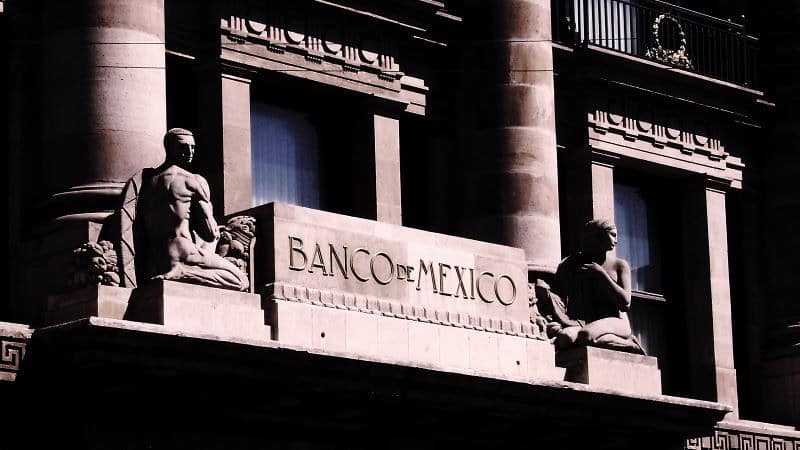The World Bank’s semiannual report on Latin America and the Caribbean. Launched today!
How should Latin America respond to the health and the economic crisis in 2020? Should it maintain or implement general or targeted measures to contain the COVID-19 surge? How deep will the recession be in Guatemala, Argentina, Mexico, Uruguay, Chile, Suriname and other 20 countries in the region? Who should bear the losses that will stem from this economic calamity? What are the steps that governments, firms, and citizens should take now?
These are some of the questions answered in the World Bank´s semiannual report of the Latin America and Caribbean region, “The Economy in the Time of COVID-19.”
Economic performance
- “The growth performance of the region had become lackluster after the end of the Golden Decade, and the year 2019 had not been an exception in this respect. But after months of social unrest in many of the countries and a new oil shock, the Covid-19 epidemic and its impact on the world economy raise the prospect of a calamitous year for 2020.”
- The bone-chilling perspective of 2020 GDP growth by country:
| 2020 | |
| Grenada | -7.3 |
| St. Lucia | -7.2 |
| Ecuador | -6.0 |
| Mexico | -6.0 |
| Argentina | -5.2 |
| Brazil | -5.0 |
| Peru | -4.7 |
| El Salvador | -4.3 |
| Nicaragua | -4.3 |
| St. Vincent and the Grenadines | -4.0 |
| Belize | -3.9 |
| Haiti | -3.5 |
| Bolivia | -3.4 |
| Costa Rica | -3.3 |
| Chile | -3.0 |
| Dominica | -3.0 |
| Jamaica | -2.9 |
| Uruguay | -2.7 |
| Honduras | -2.3 |
| Colombia | -2.0 |
| Panama | -2.0 |
| Guatemala | -1.8 |
| Paraguay | -1.2 |
| Suriname | -0.7 |
| Dominican Republic | 0.0 |
| Guyana | 51.7 |
- “Because of the unusual depth and unprecedented characteristics of the ongoing economic crisis, real-time measures of economic activity are needed.”
- Big data could support a more reliable and more frequent assessment of the impact of the Covid-19 epidemic on economic activity.
- Data on NO2 emissions seems particularly promising in this respect.
Health and economic costs
- Three areas may help understand and address the shock.
- First, identifying the most urgent social challenges is essential to design policy responses that protect the most vulnerable.
- Second are financial sector vulnerabilities. This is the time to ramp up supervision capacity and get a clear sense of the risks faced by banks, non-bank financial institutions, micro-credit providers and the like.
- Third, special attention should be devoted to assessing the health of strategically important firms and sectors of activity.
- Understanding the difficulties faced by firms whose behavior and performance can ripple through the economy is key to protecting jobs.
- “Assessing the economic cost per life saved requires an estimate of the death toll Covid-19 would have imposed in the absence of containment measures. For example, the influential epidemiological study by the Imperial College in London predicted 2.2 million deaths in the US in the absence of decisive action to contain the epidemic. If 2 million deaths could be avoided thanks to containment measures, the economic cost would amount to less than USD 0.5 million per life saved (this is USD 1 trillion divided by 2 million). Given that the estimates for the statistical value of a life in the US fall in the range of USD 6-9 million, the cost of the containment measures adopted is totally justified.”
- “Governments in developing countries could use similar back-of-the-envelope calculations to get a sense of the economic cost that could be justified in their case to contain the Covid-19 epidemic. The calculation would involve two key figures: the assessment of the number of deaths the epidemic would cause if left uncontained, and the value of statistical life used by agencies in charge of developing transport infrastructure, developing health and safety standards or setting environmental policy.”
Addressing the economic crisis
- Moves to prevent a financial crisis, to protect jobs and to revitalize private investment, “will entail a change in the relationship between the public and the private sector, leading to a greater role of the state for possibly quite some time.”
- “The prospect of an implicit nationalization of parts of the economy is worrisome, for two reasons. First, in countries with weak institutions sizeable state ownership opens the door to political patronage, to the distribution of favors, and potentially to corruption. And second, total or partial state ownership of important segments of the economy may undermine competition and erode dynamism over time.”
- “The process of acquiring and managing assets needs to be perceived as transparent and professional to maintain confidence in the government. This may also allow decision makers to take urgently needed measures without fearing prosecution in the future.”
- “Arrangements will need to be put in place to manage the newly acquired assets at arms’ length from politicians. These arrangements need to ensure transparency and accountability, perhaps under the form of sovereign wealth funds or asset management companies that build on the best examples available for countries at similar development levels.”
- “Management skills from the private sector will need to be brought in, with reputable international partners contributing to the integrity of decisions.”
- “In the medium term, the priority has to be the divestiture of state assets to the private sector. Individual cases will need to be reviewed, and balance sheet repair solutions be designed. Benchmark-linked sales of government shares in companies will have to be arranged. While this is not an immediate priority, government should communicate clearly on the direction of travel, establishing a timeline and setting up sunset clauses wherever appropriate.
Read the full report here



